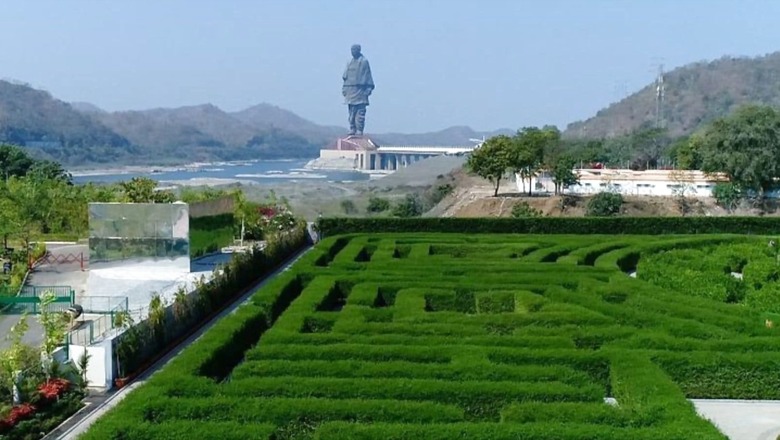
views
When the Statue of Unity in Gujarat was inaugurated four years ago, most people thought it was only a statue. But Prime Minister Narendra Modi had a bigger vision and grander plans. He wanted it to become a hub for tourism, which would attract people of from all age group.
As a result, more than 8 million people have visited the Statue of Unity near Sardar Sarovar Dam in Gujarat.
Today, PM Modi will dedicate two more tourist attractions — a Maze (labyrinth) Garden and Miyawaki Forest — at Ekta Nagar in Kevadia.
Sprawling in three acres with a pathway of 2,100 metres, this is the largest Maze Garden in the country and has been developed in just eight months. The Maze Garden at Kevadia has been built in the shape of ‘Yantra’ that emanates positive energy. The key objective for choosing this design was to bring about a symmetry while focusing on building an intricate network of pathways.
Winding through the puzzling roads of this garden will be challenging for the tourists’ mind, body and senses while giving them a sense of triumph over hurdles and this activity will also instil a sense of adventure.
As many as 1,80,000 saplings have been planted near this Maze Garden. These include Orange Gemin, Madhu Kamini, Glory Bovar and Mehndi. This location was originally a dumping site for debris, which has now turned into a verdant landscape. This land has not only beautified the surrounding but also helped build a vibrant ecosystem where birds, butterflies and honeybees are thriving.
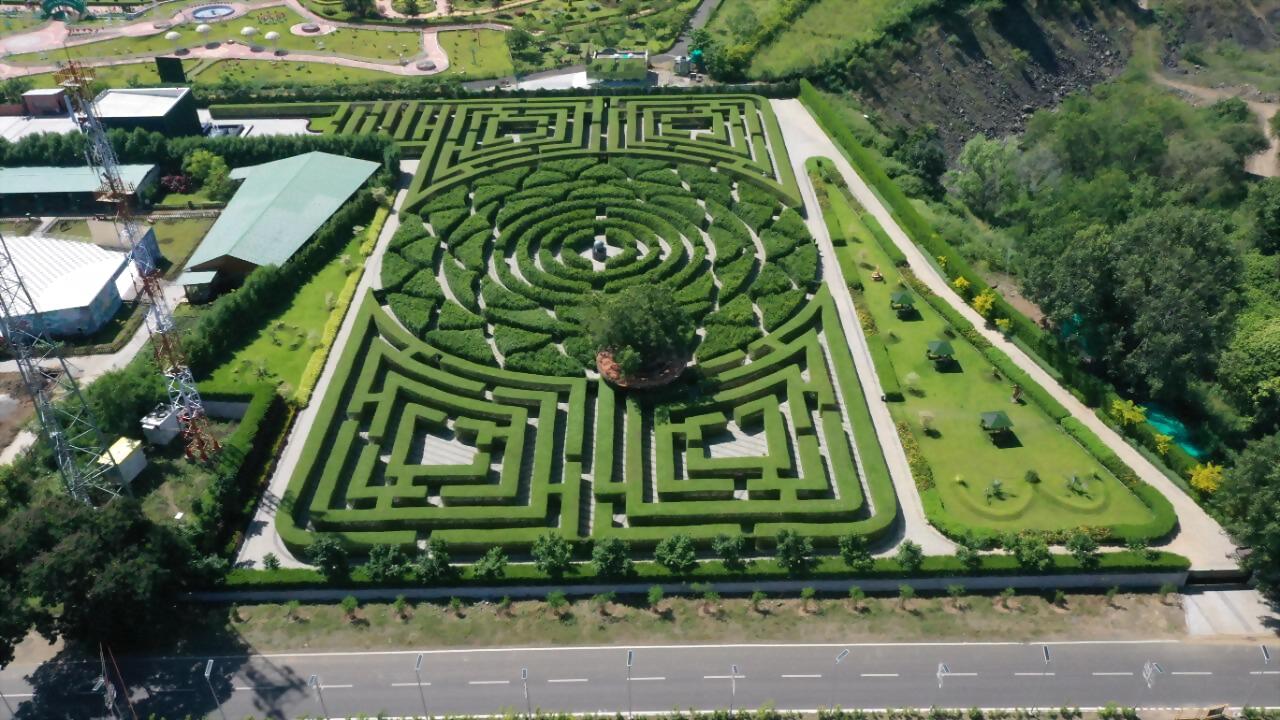
The Miyawaki Forest will be another tourist attraction. The forest has been named after Japanese botanist and ecologist Dr Akira Miyawaki who developed a technique to plant saplings of various species close to each other, which would then develop into a dense urban forest. The growth of plants is 10 times faster using this method and as a result the forest is 30 times denser. Through the Miyawaki method, a forest can be developed in just two to three years while it takes at least 20 to 30 years through the traditional method.
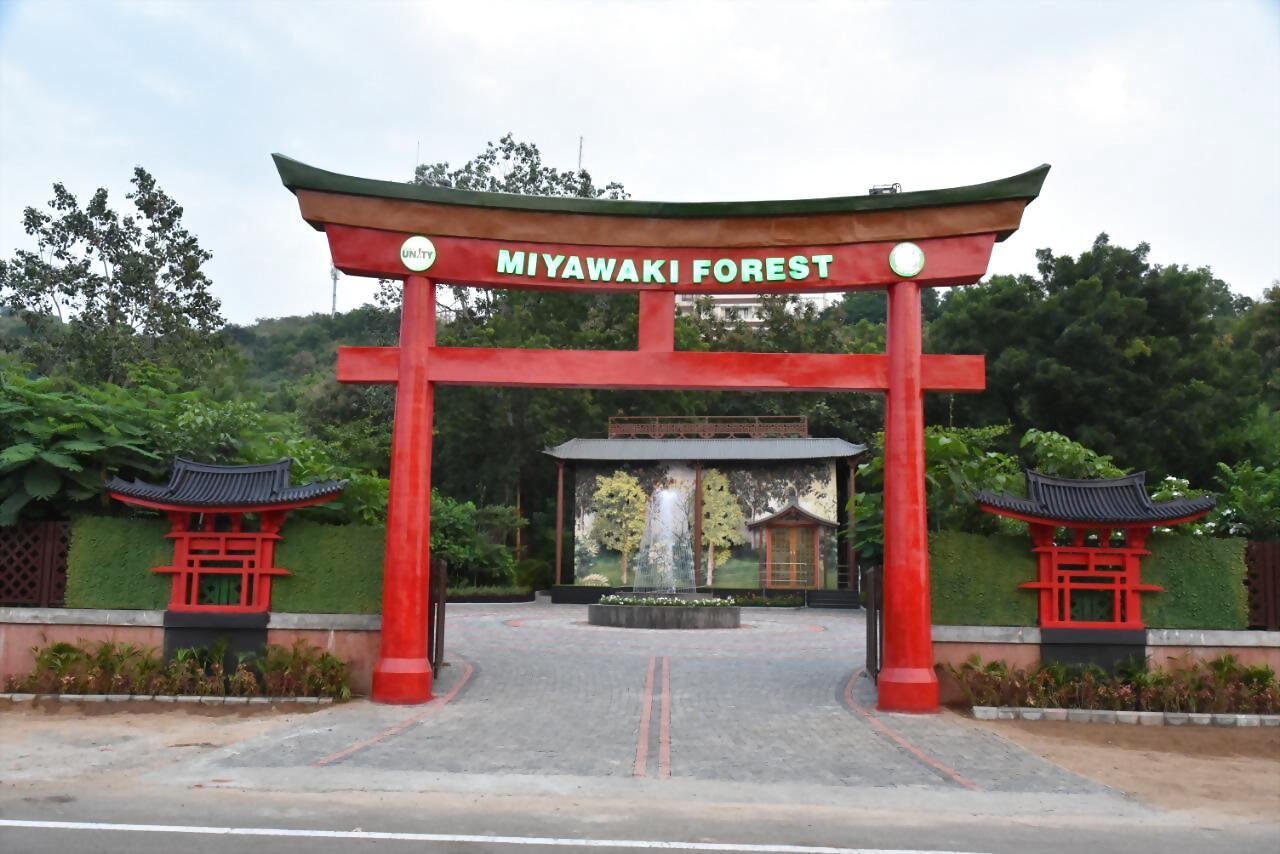
The Miyawaki Forest will include Native Floral Garden; Timber Garden; Fruit Garden; Medicinal Garden; A Miyawaki section of mixed species; Digital Orientation Centre.
The aim of developing these attractions was to provide tourists a holistic experience during their visit, and not remain a unidimensional experience. The close association of these spots with nature reflects the focus on the environment and shows the significance accorded to it in Indian culture. A special case in point is the Maze Garden whose design has been inspired by the Indian culture.
Other major tourist destinations at the Statue of Unity include Tent City; theme-based parks such as Arogya Van (Herbal Garden), Butterfly Garden, Cactus Garden, Vishwa Van, The Valley of Flowers (Bharat Van), Unity Glow Garden, Children’s Nutrition Park, Jungle Safari (state-of-art zoological park) among others.
Though the flow of tourists was affected by the Covid-19 pandemic in 2020, it picked up since it was opened for public later in October.
Read all the Latest India News here












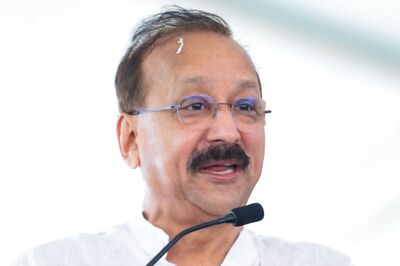

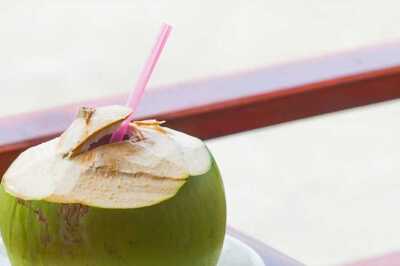
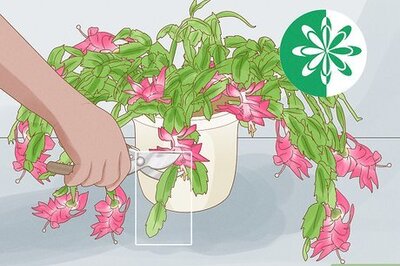

Comments
0 comment